The Gift of South Dakota
Subscriptions to South Dakota Magazine make great gifts!
Subscribe today — 1 year (6 issues) is just $29!
Farewell to the Monarchs
Sep 30, 2015
Nature has a rhythm. The seasons pulse through the year. The sunlight lengthens then diminishes again. We humans aren’t the only ones that pay attention. The wild creatures that share our world are far more in tune to these changes than we can imagine. Their lives and the future of their species depend on it. As summer fades to fall once more in South Dakota, I stumbled upon a vivid example of nature’s wondrous transition.
It was the day before Labor Day. This time of year is usually when the monarch butterfly migration peaks in southeastern South Dakota. The last few years I’ve watched the migration closely. The butterflies seem to be in pretty big trouble. Dry summers, decreasing habitat and a variety of other issues have significantly diminished the numbers of monarchs in the wild over the last decade. According to the Center for Biological Diversity, the 2014 count of monarchs was the lowest since records began in 1995. The winter count came in at 33.5 million, which sounds high until you compare it to the highest number on record, which was 909.5 million in 1997.
As a photographer, the monarch is a magnificent burst of color accentuating our native grasses and wildflowers. I remember the first time I had a telephoto lens on an old Minolta film camera. I spent at least a half hour one afternoon trying get a good shot of a lone monarch fluttering through our farmyard. I never did get a decent shot that day. Ever since, whenever I can get close enough to get a nice portrait of the remarkable insect, I count it as a win. In 2010, National Geographic ran a mini-series called “Great Migrations,” and one of the featured stories was the mystery and complexity of the monarch migration. It piqued my fascination once again. I didn’t have to travel to East Africa to witness this migration — it happens twice a year right here in South Dakota. The monarch is the only butterfly that flies up to 3,000 miles to winter in the warmer climes of Mexico, then flies back north in the spring laying eggs and spreading new generations across most of North America.
Back to the day before Labor Day … I had seen an eastern swallowtail and a handful of monarchs finding refuge in a windbreak the day before in eastern Brookings County. That prompted me to go to Lake Herman State Park to see if any monarchs had come to take advantage of the park’s attempt to grow native wildflowers and grasses. I was not disappointed. On a hillside filled with goldenrod and prairie blazing star flowers, I found hundreds of monarchs feeding. It is rare to be able to sit completely still and let nature come to you, but that is exactly what happened that afternoon. The butterflies were so intent on refueling for the next leg of their journey, they barely paid any heed to me or my camera. Later in the day, I found roughly a half dozen roosting areas each with 10 to 12 monarchs. These numbers are more than I’ve seen since 2011. So maybe the overall numbers are on the rebound. I hope so, because I’d like to make it an annual photographic tradition to say farewell to summer by saying farewell to the amazing monarch butterflies as they flutter through. So good luck and safe travels. Let’s do it again next year!
Christian Begeman grew up in Isabel and now lives in Sioux Falls. When he's not working at Midcontinent Communications he is often on the road photographing South Dakota’s prettiest spots. Follow Begeman on his blog.


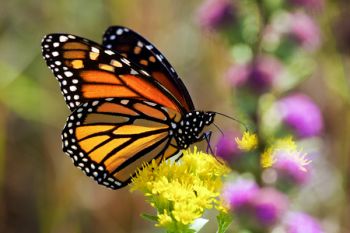
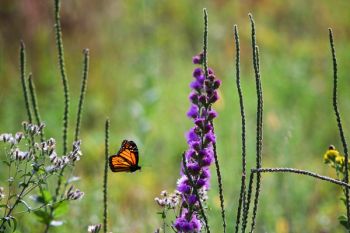
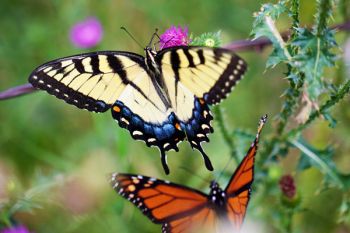
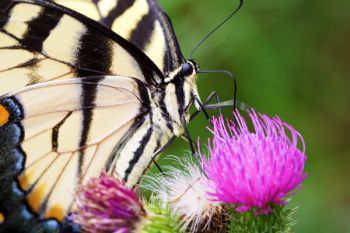
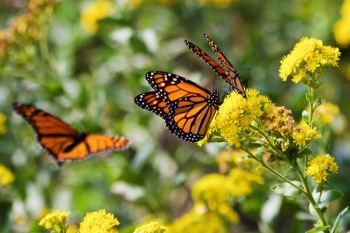
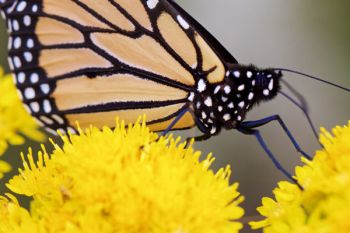
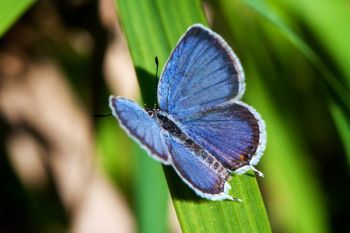
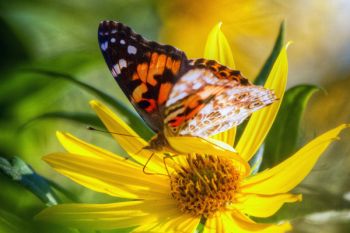
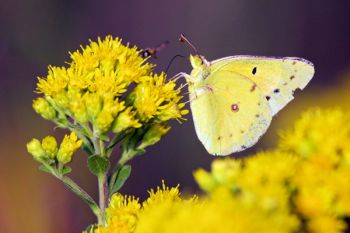
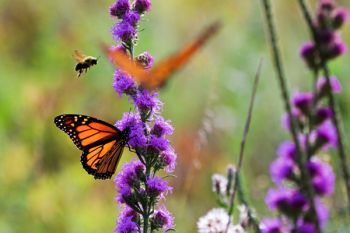
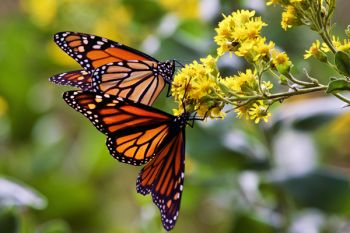
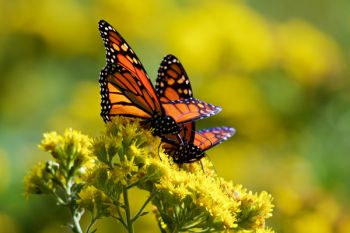
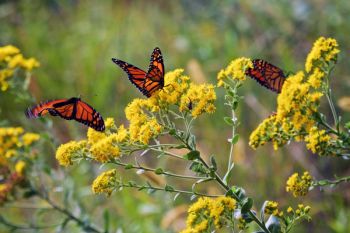
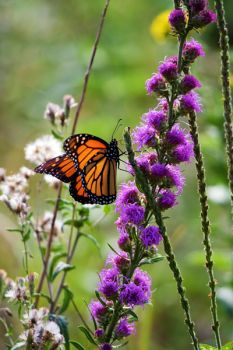
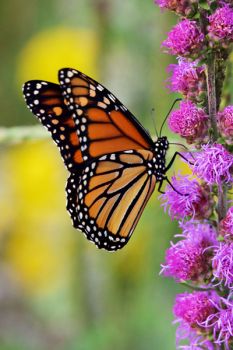
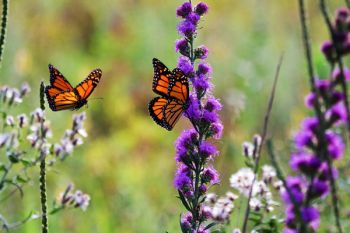
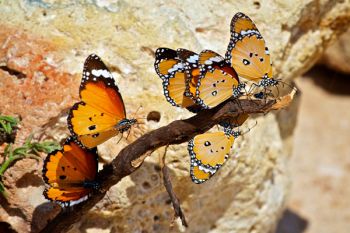
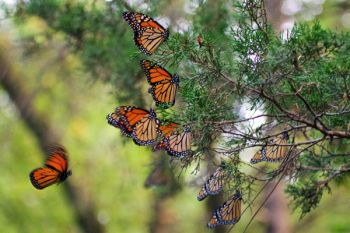
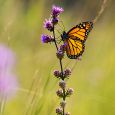
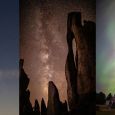
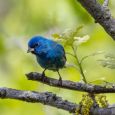
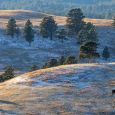




Comments
Our town is full of newly planted wildflower gardens to help the Monarchs.
Love your pix and stories from my native state. Norma in MN